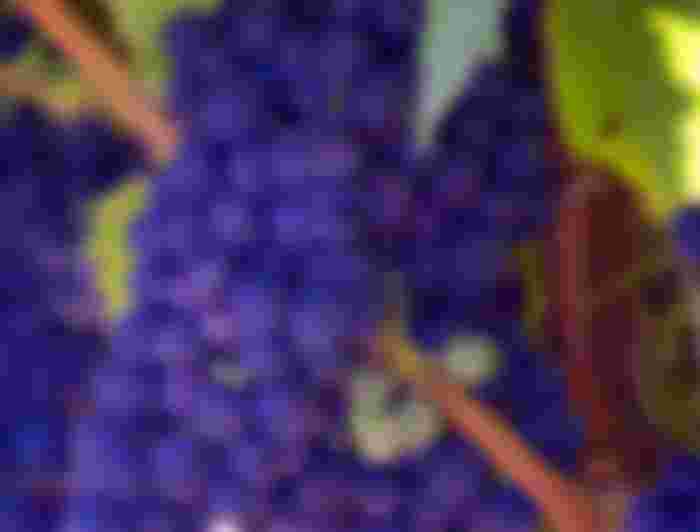Wine has been a highly-rated drink since the dawn of time. Today, it is still the most sought-after drink by most people all over the world because of its color and aromatic scent.
And I am so proud to share with you all my client's own wine under the name Vinum Hadrianum, one of the most renowned wines from Atri in the Abruzzo region of Italy. It was also one of the seven renowned Grand crus of the Roman Empire. When we say Grand crus, it means a classification of wine that designates a vineyard for its favorable reputation in producing wine.
And after the long wait, my client's wine is finally here and ready for distribution. There are two wines under the name Vinum Hadrianum: Aelio and Maximo.
Aelio, an amber-colored wine, is made from the Trebbiano D’Abruzzo grape, which grows across the region.
Maximo, a red-colored wine, is exclusively made from the Montepulciano D’Abruzzo variety.
These wines, Aelio and Maximo, were aged in hand-crafted amphorae by the local artisan potters. My client's amphorae (or that container used to store wines) are pretty special among others because the artisans who crafted them used local clay that has been used since the old time. This clay has the ability to create superior pottery, which can be both lightweight and strong.
Anyway, I'm writing this article coz I kind of need your help. I am hoping you could help me with something that will kind of take a little of your time. I am hoping you could give us 5-stars each.
Here's how:

By the way, did you know that there are only 5 stages in winemaking? I'm not an expert, but I already wrote about this a few weeks ago, and I'm in the mood to share this with you all.
Here are the 5 stages in winemaking:
Harvesting
There's no wine if there are no grapes. So the first thing is first, you need to harvest fresh grapes. But if you're just thinking of making your DIY wine at home, then you don't need a vineyard to do so. You can just go to the market and get your fresh grapes there.
Crushing
Once you all sorted the grapes, time to crush them. Did you know that back in the days, ancient winemakers would use their feet to crush the grapes? Luckily, winemakers of today do not apply this method anymore. LOL. Now, they use mechanical presses to stomp or trod the grapes into a must or the fresh grape juice, which resulted from the crushing process.
Fermentation
This is the next step after crushing and pressing. During this process, the must (or the fresh grape juice) will be fermented for 6-12 hours as soon as the wild yeast is added. The process ends once the sugar is transformed into alcohol.
Clarification
Next is the clarification. This is the time when dead yeast, proteins, and tannins are removed from the wine. During this process, the wine will be moved into oak barrels or stainless steel tanks. Some winemakers would even use clay to their wine so that the unwanted particles will stick to it and drown to the bottom of the oak barrel.
Bottling and Aging
Once the clarification is done, then that's the time winemakers would either proceed to bottling or aging. For the latter part, it means the wine will be aged for additional years to reach its optimal flavor.
So that's it, and I hope you enjoyed my article today.
PS: Those who will give us 5-star rating to our 2 products, Aelio and Maximo, will receive a little something from me for your effort.
Feel free to visit our website: https://www.vinumhadrianum.com/
**All photos are free images from Unsplash.



I love wine. We used to make that a lot in our manufacturing class and i swear, the strawberry and sangria ones were the bomb